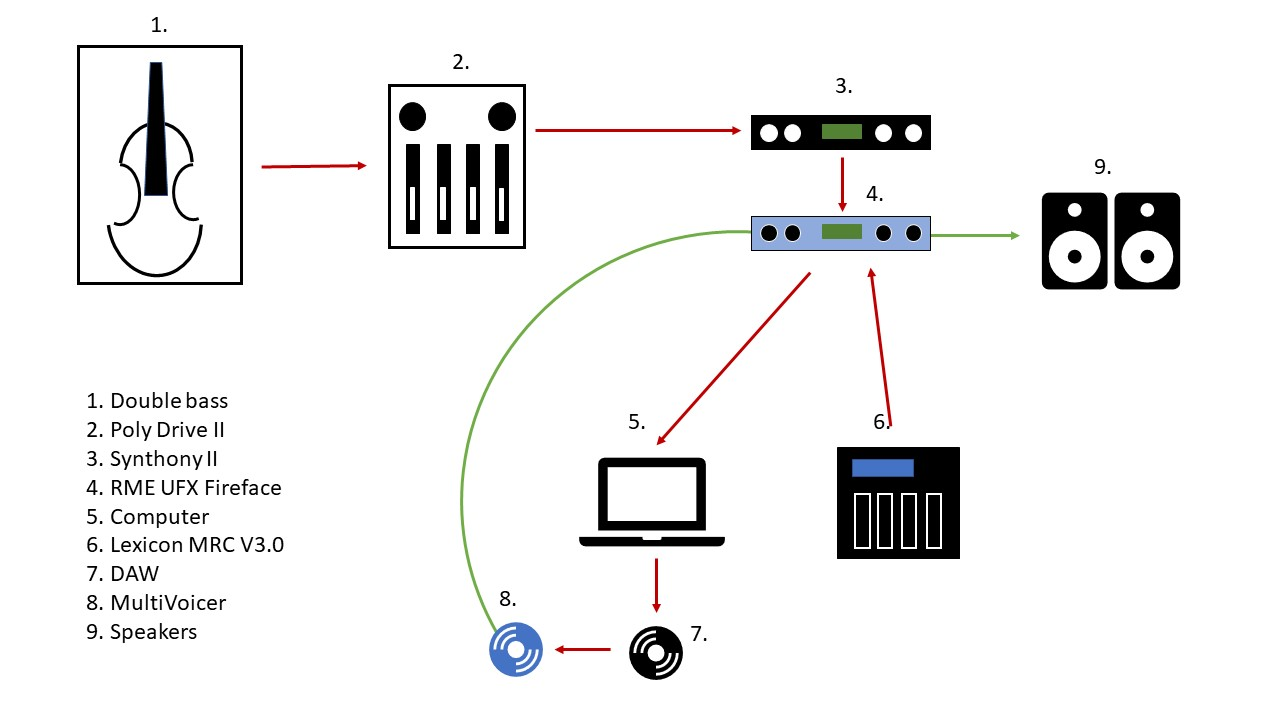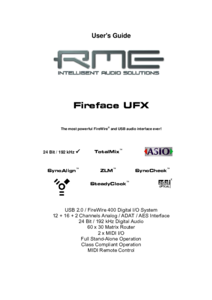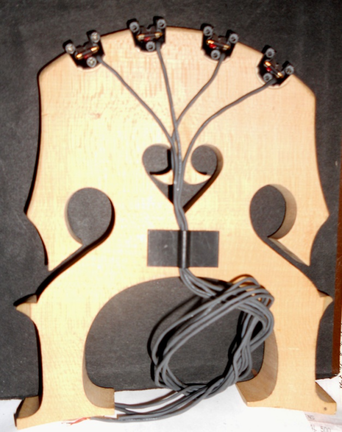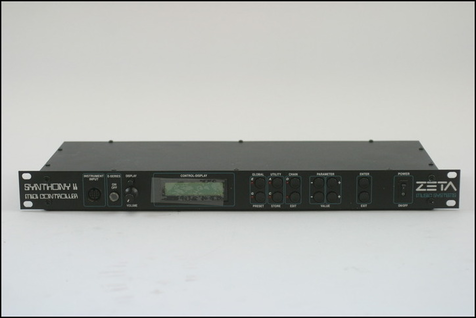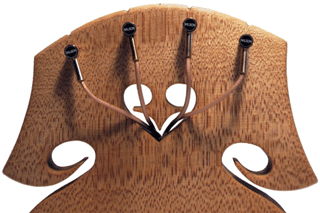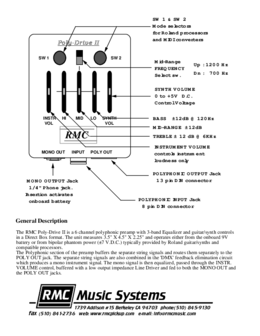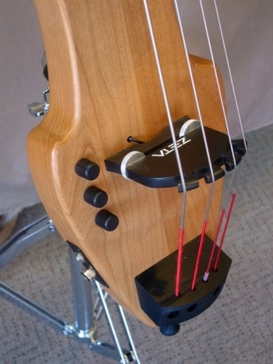2. MidiMorph
As an example you can listen to Music 1 made with module [gP] generate Patterns. This pattern music is in B flat. Another pattern is made with [gP] but now in D. Listen to Music 4. After generating these 5 (4/4) bars of music you can calculate musics in between. Listen to Music 2 (this is the morph 1/3 between music 1 and 4) and Music 3 ( morph 2/3 between music 1 and 4).
In the program you have several options for looping and morphing musics on the fly, but for now listen to the morph music going from B flat to D in Music 1-2-3-4 .
Listen to some MemBrain music. Most of the music is build on midiMorph patterns. Also in compositions midimorph can be used . Listen to the beginning of part 4 from SEQ called Ragtime
